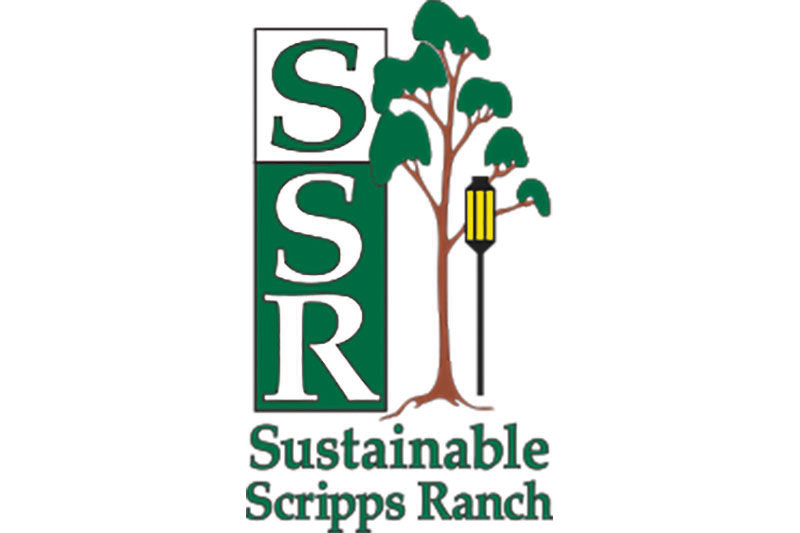
What happens to your trash?
By Beryl Flom
EDCO is a trash hauling and processing company with franchises in San Diego County.
• Sorts and transfers 500T/day of recyclables to various end users in the U.S. and the world.
• Sorts and treats greens and compostables in an anaerobic building while producing captured methane and slush which is composted.
Recycling: Recyclables from the blue bins are dumped inside on the floor. A front loader puts it on a conveyor belt which winds through the building for sorting.
Thirty people pull out non-recyclables. A machine removes the glass and breaks it up. Magnets pull out cans. Aluminum cans are removed. Plastic is separated into different types by machine. Paper is sorted from cardboard and blown off the belt by a machine, and cardboard is removed.
Outdated cans of food are opened and shaken by a de-packager. Each is baled and hauled in semi-trucks to the end user.
Most of the paper, pulp and cardboard is shipped to Asian countries, but not much to China. However, more domestic markets are opening.
Trash is taken to Sycamore landfill.
EDCO has less than 22 percent contamination. They run the belt slower, so workers are more accurate in what they pull. They run two 10-hour shifts/day and handle 1.9 million pounds/24 hours. Issues occur if a machine is not working properly. Even an hour of repair can cause big problems. Little fires can start if lithium batteries interact with water, but there are heat sensors to catch fires quickly.
Since March 2021, the selling price of products has dropped significantly. Each city with an EDCO franchise is paid for recyclables that are sold. Once a year, EDCO does a characterization study for each city, taking samples and figuring out what percentage of each type of material is brought in. In general, 21 percent is cardboard, 21 percent trash (in the recycling bins), 30 percent mixed paper, 27+ percent plastic.
Composting: A shaker separates smaller greens from branches and bigger greens. The smaller ones are ground up and go into the anaerobic digester and the larger ones go to their composter in Ramona.
The anaerobic digester adds water and keeps the temperature at 131 degrees F. Large paddles move the digestate through the building over 27 days. They have two digesters and are building two more. The methane is collected and put into SDG&E’s grid and used to fuel their trucks.
Quite an involved process.
Visit scrippsranch.org/ssr.

